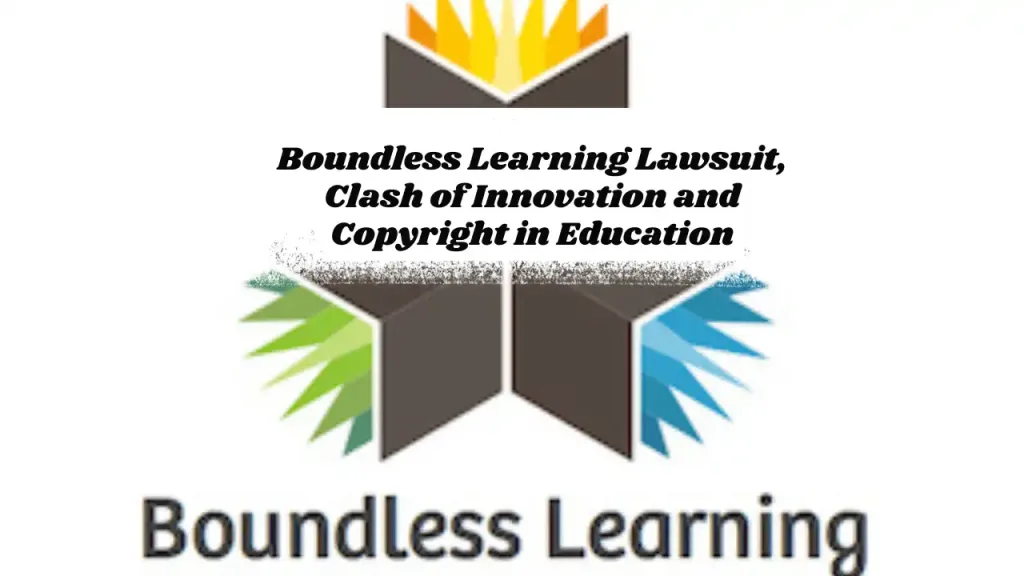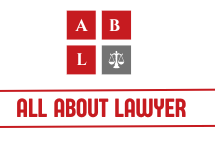Boundless Learning Lawsuit, Clash of Innovation and Copyright in Education
Students are researching affordable learning resources, educational startups like Boundless Learning seemed poised to revolutionize the traditional textbook market. However, in 2012, this ambition collided with the longstanding giants of the publishing world—Pearson, Cengage, and Macmillan—who filed a high-profile lawsuit against Boundless Learning for alleged copyright infringement. This case not only revealed the legal tensions between traditional publishing and open educational resources (OER) but also raised critical questions about the boundaries of innovation, competition, and intellectual property rights in education.
Table of Contents
Who Was Involved?
Boundless Learning was founded as a startup with a bold mission: to offer free, digital alternatives to expensive textbooks. It curated content that was designed to align with the curricula of popular college courses. On the opposing side were three of the largest academic publishers—Pearson Education, Cengage Learning, and Macmillan Higher Education—who viewed Boundless’s efforts as a direct threat to their business models.
Allegations, Case of Copy-Paste Education
The publishers accused Boundless of:
- Copying the structure, topics, and organization of their flagship textbooks.
- Mirroring pagination, subtopics, and illustrations to the extent that the content could serve as a direct substitute for the original works.
The specific textbooks cited in the lawsuit included:
- Campbell’s Biology (Pearson)
- Myers’ Psychology (Macmillan)
- Principles of Economics (Cengage)
According to the publishers, Boundless Learning didn’t simply offer general educational resources but replicated their books’ unique presentation and arrangement, undermining years of their investment in content development.
Related Articles For You:
Armor Correctional Health Services Lawsuit The Financial Fallout of Armor Health Management

Boundless Learning’s Defense, A Fight for Accessibility
Boundless Learning co-founder Ariel Diaz defended the startup by framing the lawsuit as an attempt to protect a “failing, antiquated business model”. Diaz argued that Boundless was leveraging open educational resources (OER)—free and accessible content—to help students who were struggling with the rising costs of traditional textbooks.
Diaz contended that Boundless’s mission was to curate existing OER materials, organize them effectively, and provide valuable alternatives for students. Boundless maintained that it did not infringe on copyrighted material and that the publishers’ claims lacked merit.
Legal Arguments Copyright vs. Competition
The lawsuit wasn’t just about direct copying; it touched on the subtleties of copyright law and unfair competition under the Lanham Act. The publishers argued that:
- Boundless’s materials created a “likelihood of confusion” among students who might believe the content was affiliated with or endorsed by the original publishers.
- Boundless engaged in false advertising by suggesting their content was a direct equivalent to the copyrighted textbooks.
The case underscored the fine line between inspiration and infringement, particularly when educational materials are at stake.
Outcome, Settlement, and Lasting Impact
Although the lawsuit didn’t result in a definitive court ruling, the parties reached a confidential settlement. Boundless Learning eventually pivoted its business model and was later acquired by ValoreBooks.
The case had a significant impact on the educational technology sector:
- Increased scrutiny on OER startups regarding how they structure and market their content.
- A spotlight on the rising costs of textbooks and the demand for affordable alternatives.
- A reminder that even in the digital age, copyright protections remain robust and heavily enforced.
What This Means for Students and Educators
This case highlighted a growing frustration among students over the high cost of textbooks, with some reports showing that textbook prices increased by over 1,000% between 1977 and 2015. While Boundless Learning may not have triumphed in its legal dispute, the broader push for open-access educational resources continues to gain momentum, driven by the need for equitable education.
FAQs
Why did the publishers see Boundless Learning as a threat?
Boundless Learning was offering free or low-cost digital alternatives to textbooks by aligning their content closely with well-known textbooks. This business model directly threatened the publishers’ profit margins since traditional textbook prices were high, and Boundless’s content provided a nearly identical structure. The fear was that students might turn to Boundless instead of purchasing expensive textbooks from Pearson, Cengage, or Macmillan.
What was Boundless Learning’s business model?
Boundless Learning created open educational resources (OER) by curating publicly available content and aligning it with popular textbook outlines. They then marketed these resources as being equivalent to specific textbooks used in college courses. The goal was to make education more affordable and accessible by providing content that mapped to students’ coursework without the hefty price tag.
How did the lawsuit affect Boundless Learning’s operations?
Following the lawsuit, Boundless Learning ultimately settled confidentially with the publishers. Although the settlement details were not disclosed, the company pivoted its approach and was later acquired by ValoreBooks in 2015. This acquisition marked the end of Boundless as a standalone startup offering textbook alternatives.
What legal precedents did the publishers rely on?
The publishers primarily relied on claims under:
- Copyright Infringement – Alleging that Boundless’s content copied the structure, layout, and presentation of their copyrighted works.
- Lanham Act (Section 43(a)) – Arguing that Boundless engaged in false advertising and unfair competition by claiming its content was a direct equivalent to the publishers’ textbooks, potentially confusing consumers.
Was this case seen as a setback for open educational resources (OER)?
While the lawsuit raised concerns for OER advocates, it didn’t halt the growth of the OER movement. Instead, it highlighted the need for clarity around copyright boundaries and the importance of creating educational content that doesn’t infringe on existing intellectual property. Many educators and innovators continued to push for affordable and legally sound OER options despite the lawsuit’s outcome.
Did the lawsuit have broader implications for educational technology startups?
Yes, the lawsuit underscored the risks that educational technology startups face when disrupting traditional markets. It served as a cautionary tale about the importance of intellectual property compliance and the challenges of going up against established industry players. This case influenced how startups approach content creation and legal safeguards in the educational space
Conclusion
The Boundless Learning lawsuit serves as a pivotal example of how innovative disruptors face significant challenges when confronting entrenched industry norms. It illustrates the delicate balance between fostering accessible education and respecting intellectual property rights. As technology continues to reshape education, finding this balance remains crucial for students, educators, and innovators alike.
References
- Inside Higher Ed Coverage
Inside Higher Ed - Casetext Legal Analysis
Casetext – CoCounsel
About the Author

Sarah Klein, JD, is a licensed attorney and legal content strategist with over 12 years of experience across civil, criminal, family, and regulatory law. At All About Lawyer, she covers a wide range of legal topics — from high-profile lawsuits and courtroom stories to state traffic laws and everyday legal questions — all with a focus on accuracy, clarity, and public understanding.
Her writing blends real legal insight with plain-English explanations, helping readers stay informed and legally aware.
Read more about Sarah
